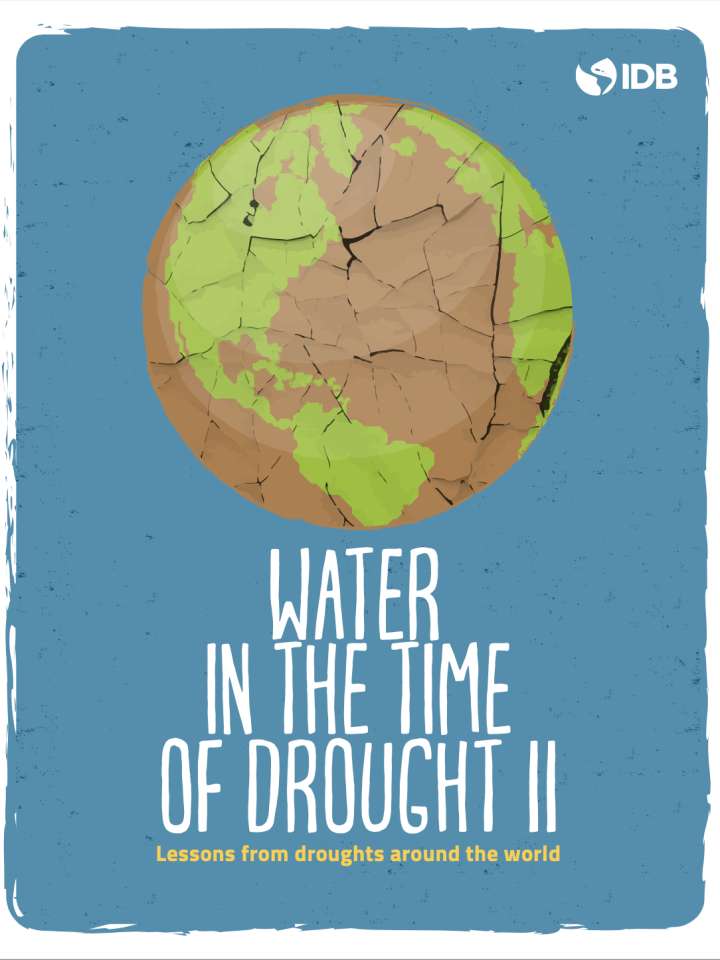Water in the time of drought II: Lessons from droughts around the world
This technical note is an update to the previous "Water in the Time of Drought: Lessons from Five Droughts Around the World", published in 2018. It explores drought situations and policies in Spain (including the Canary Islands), Chile, Mexico, the dry corridor between Honduras, Guatemala, and El Salvador, Brazil, and South Africa. Each of these countries has recently dealt with droughts and/or developed long-term solutions to manage them. HydroBID, a tool developed by the IDB, will be presented through relevant case studies. After defining drought experiences and institutional frameworks in each country, the brief will explore the successes and challenges of national drought and water management policies. Best practices and lessons learned will be extracted from each case study to help policymakers better prepare for droughts.
The paper concludes that drought preparedness measures are part of increasing the adaptive capacity and resilience of cities and countries. While the countries studied differ on exact drought strategies, most have shifted from crisis responses to more proactive mitigation efforts. Spain developed drought mitigation plans to manage water resources under drought conditions in each region. The Canary Islands have dealt with water scarcity for decades through desalination and wastewater reuse. Chile and Mexico privatized their water, giving the consumer more control over the resource. By contrast, Brazil maintained public water and developed national water management policies. Thanks to a combination of demand reduction strategies and the arrival of winter rains, Cape Town was able to avoid Day Zero.
Explore further
